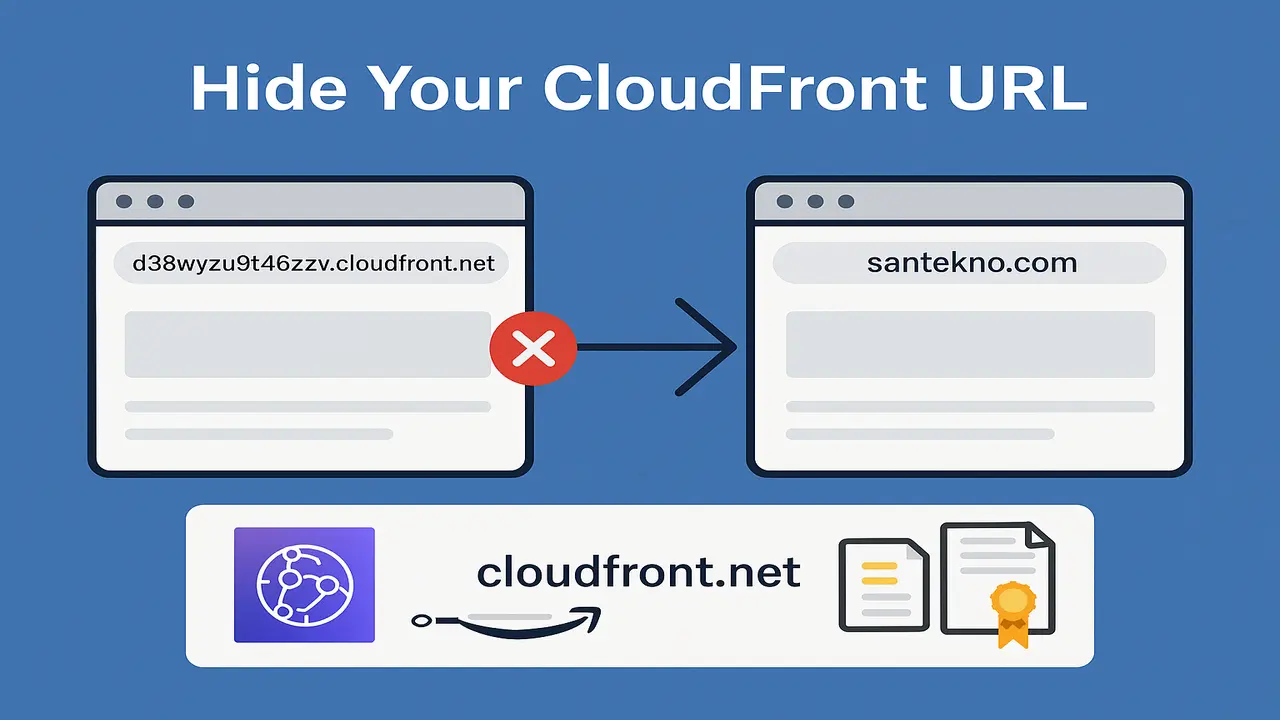Replica Controller
Replica Controller is a mechanism used to replicate applications and we can handle it when our application has a failure or initializes a failed POD. So with this Replica controller we can adjust the scale of our running application.
For example, when one fails the other running applications will continue to run, regulated by the Replica Controller on the Kubernetes Cluster.
Then there is something called Replica Controller and there is also Replica Set, what’s the difference? Replica Set is a way to perform or create replication configurations.
The difference between a replica set and a replication controller is that a replica set supports set-based selector requirements whereas a replication controller only supports equality-based selector requirements.
Create a ReplicaSet
Once we know these terms, then we will try to implement them.
First, we create a YAML file rc-definition.yaml then fill the file with the code below.
apiVersion: v1
kind: ReplicationController
metadata:
name: myapp-rc
labels:
app: myapp
type: front-end
spec:
template:
metadata:
name: myapp-pod
labels:
app: myapp
type: front-end
spec:
containers:
- name: nginx-container
image: nginx
replicas: 3
We apply that Replica Controller on this terminal below.
➜ kubectl create -f code/replicasets/rc-definition.yaml
replicationcontroller/myapp-rc created
We can see our Replica was running or not, you tried to apply command below.
➜ kubectl get rc
NAME DESIRED CURRENT READY AGE
myapp-rc 3 3 3 28s
On this showing terminal we can se 3 PDss was running and to make sure PODs already runngin we can tried this command below.
➜ kubectl get pods
NAME READY STATUS RESTARTS AGE
myapp-rc-j5zdv 1/1 Running 0 2m52s
myapp-rc-pxqcb 1/1 Running 0 2m52s
myapp-rc-rrcrj 1/1 Running 0 2m52s
We ccan see 3 PODs that running well with prefix name myapp-rc using auto generated by system.
Create Replica Set
We can create YAML file replicaset-definition.yaml then let’s fill the file with this code below.
apiVersion: apps/v1
kind: ReplicaSet
metadata:
name: myapp-replicaset
labels:
app: myapp
type: front-end
spec:
template:
metadata:
name: myapp-pod
labels:
app: myapp
type: front-end
spec:
containers:
- name: nginx-container
image: nginx
replicas: 3
selector:
matchLabels:
type: front-end
Apply ReplicaSet to this file with the command
➜ kubectl create -f code/replicasets/replicaset-definition.yaml
replicaset.apps/myapp-replicaset created
the we can see what will running or not with this command.
➜ kubectl get replicaset
NAME DESIRED CURRENT READY AGE
myapp-replicaset 3 3 3 41s
and you can see PODs already running well too on this command.
➜ kubectl get pods
NAME READY STATUS RESTARTS AGE
myapp-replicaset-2cglx 1/1 Running 0 80s
myapp-replicaset-mb4z8 1/1 Running 0 80s
myapp-replicaset-rrqc2 1/1 Running 0 80s
If we want to Scale that ReplicaSet so, we have 2 options:
Scale with edit YAML file for example you want ot scale to be 6 so, we change it like this
apiVersion: apps/v1 kind: ReplicaSet metadata: name: myapp-replicaset labels: app: myapp type: front-end spec: template: metadata: name: myapp-pod labels: app: myapp type: front-end spec: containers: - name: nginx-container image: nginx replicas: 6 selector: matchLabels: type: front-endthen please run this command
➜ kubectl replace -f code/replicasets/replicaset-definition.yaml replicaset.apps/myapp-replicaset replacedWe can see ReplicaSet and Pods with this command
➜ kubectl get replicaset,pod NAME DESIRED CURRENT READY AGE replicaset.apps/myapp-replicaset 6 6 6 5m55s NAME READY STATUS RESTARTS AGE pod/myapp-replicaset-2cglx 1/1 Running 0 5m55s pod/myapp-replicaset-h8w9d 1/1 Running 0 101s pod/myapp-replicaset-mb4z8 1/1 Running 0 5m55s pod/myapp-replicaset-ppr52 1/1 Running 0 101s pod/myapp-replicaset-rbhlp 1/1 Running 0 101s pod/myapp-replicaset-rrqc2 1/1 Running 0 5m55sSo, the PODs above already changes to 6.
Direcly Scale with the command in the terminal
➜ kubectl scale --replicas=8 -f code/replicasets/replicaset-definition.yaml replicaset.apps/myapp-replicaset scaledSo, we will se the
replicaseand PODs will be changed to 8➜ kubectl get replicaset,pod NAME DESIRED CURRENT READY AGE replicaset.apps/myapp-replicaset 8 8 8 8m40s NAME READY STATUS RESTARTS AGE pod/myapp-replicaset-2cglx 1/1 Running 0 8m40s pod/myapp-replicaset-h8w9d 1/1 Running 0 4m26s pod/myapp-replicaset-lxfrf 1/1 Running 0 22s pod/myapp-replicaset-mb4z8 1/1 Running 0 8m40s pod/myapp-replicaset-ppr52 1/1 Running 0 4m26s pod/myapp-replicaset-rbhlp 1/1 Running 0 4m26s pod/myapp-replicaset-rrqc2 1/1 Running 0 8m40s pod/myapp-replicaset-znr7n 1/1 Running 0 22sor you can set to alernative command on this terminal like this
➜ kubectl scale --replicas=8 replicaset myapp-replicaset
Uniqly, this ReplicaSet if you wan to to remove only one PODs so scale will be restart until the scale already to set, for example we have myapp-replicaset with replicas is 8 PODs and the we tried to delete 2 PODs with this command below.
➜ kubectl delete pod myapp-replicaset-2cglx myapp-replicaset-h8w9d
pod "myapp-replicaset-2cglx" deleted
pod "myapp-replicaset-h8w9d" deleted
So, PODs will be recreated new PODs automatically, so we can see with this command
➜ kubectl get replicaset,pod
NAME DESIRED CURRENT READY AGE
replicaset.apps/myapp-replicaset 8 8 7 25m
NAME READY STATUS RESTARTS AGE
pod/myapp-replicaset-l568n 1/1 Running 0 33s
pod/myapp-replicaset-lxfrf 1/1 Running 0 17m
pod/myapp-replicaset-mb4z8 1/1 Running 0 25m
pod/myapp-replicaset-ppr52 1/1 Running 0 21m
pod/myapp-replicaset-rbhlp 1/1 Running 0 21m
pod/myapp-replicaset-rrqc2 1/1 Running 0 25m
pod/myapp-replicaset-t9pg5 0/1 ContainerCreating 0 2s
pod/myapp-replicaset-znr7n 1/1 Running 0 17m
We can see there are PODs will have ContainerCreating status that new PODs will be created.
Understanding PODs Kubernetes
Understanding Kubernetes Deployments
Hot Articles
12 Creating Static File Handler
01 Jan 2025

